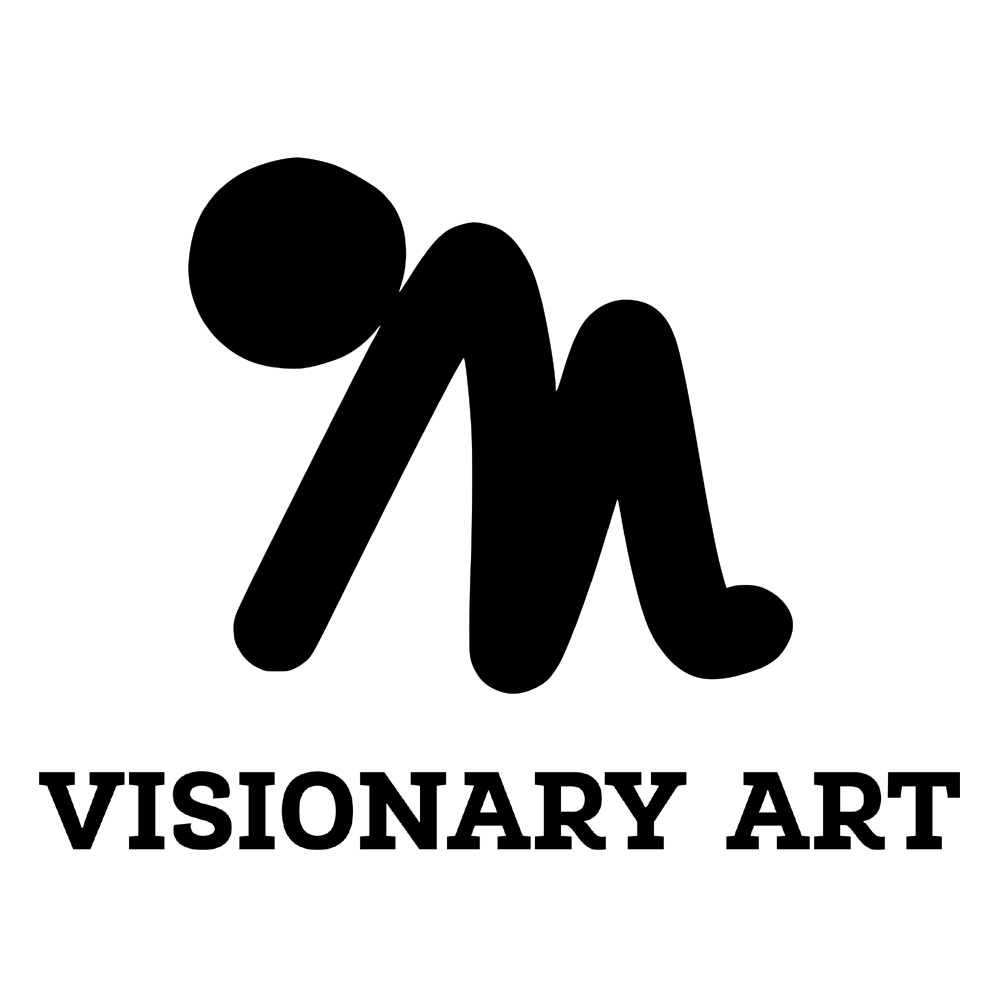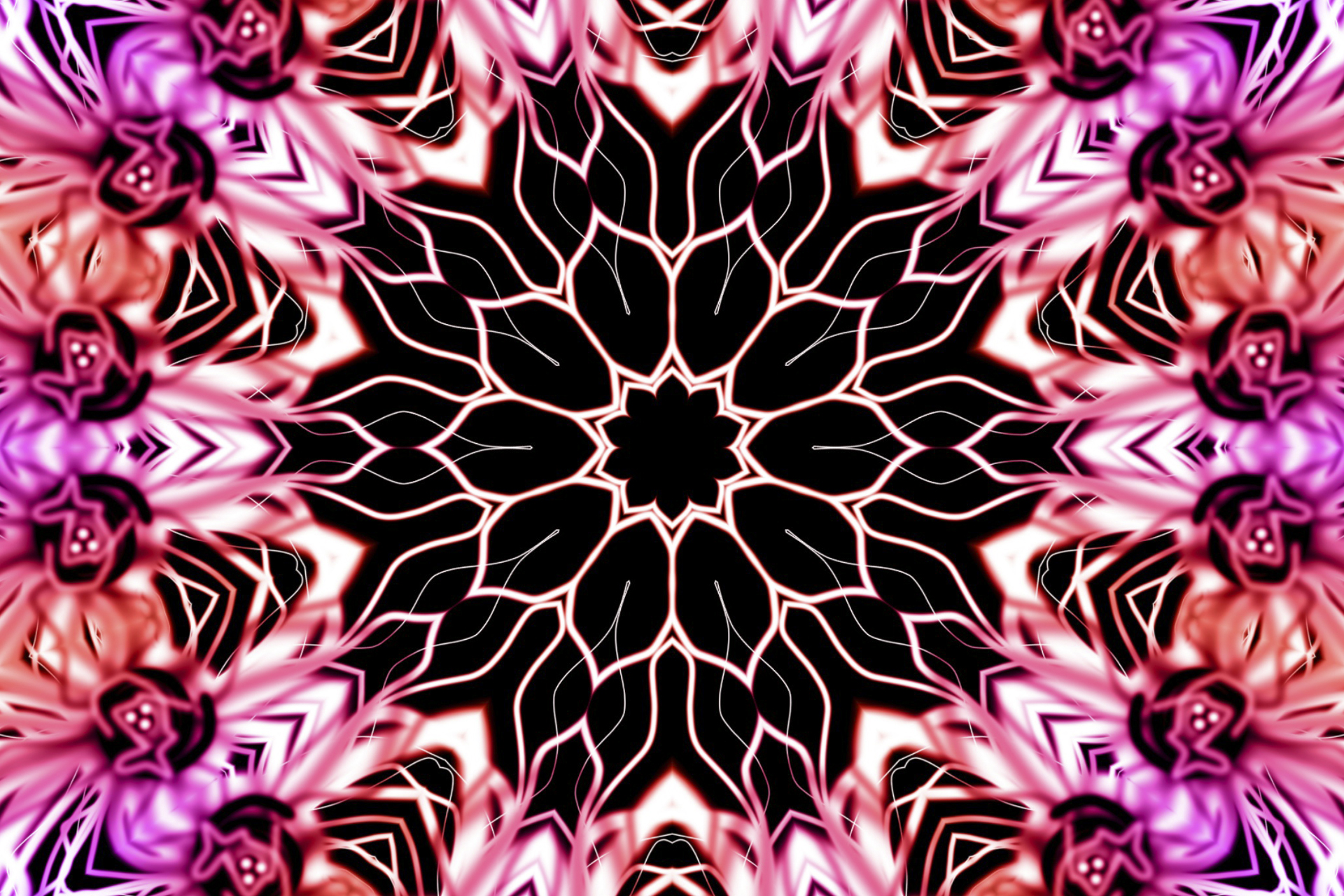Pattern recognition is an essential part of how our brains process information. It allows us to identify patterns and make connections between seemingly unrelated ideas, which helps us to better understand and navigate the world around us. In this post, I’ll explore the role of pattern recognition in art and everyday life, and discuss how we can enhance our own pattern recognition skills.
The importance of pattern recognition in art
Pattern recognition is an important aspect of how we perceive and understand art. In many art forms, patterns are used to create unity, balance, and emphasis. For example, in painting, patterns can be created through the repetition of colors, shapes, or lines. In sculpture, patterns may be created through the repetition of form or texture. And in music, patterns can be created through the repetition of melodies, rhythms, or chord progressions. By identifying and analyzing these patterns, we are able to gain a deeper understanding and appreciation of the art.
The role of pattern recognition in everyday life
Pattern recognition is also an important aspect of how we navigate the world in our everyday lives. We use pattern recognition to identify patterns in nature, such as the cycles of the seasons or the migration patterns of animals. We also use pattern recognition to understand language and communication, by recognizing patterns in words and sentences. And we use pattern recognition to identify patterns in behavior, such as recognizing social norms and expectations. By identifying these patterns, we are able to better understand and make sense of the world around us.
The neuroscience of pattern recognition
So, what is it about the brain that allows us to identify patterns? Recent research has shown that the brain is hardwired for pattern recognition, with certain brain regions specifically dedicated to this task. For example, the temporal lobe is involved in the recognition of patterns in language and music, while the parietal lobe is involved in the recognition of spatial patterns. Additionally, the brain is able to recognize patterns through the process of association, linking together experiences or ideas that have common elements. By making these connections, the brain is able to identify patterns and draw conclusions based on that information.
Techniques for enhancing pattern recognition skills
So, how can we enhance our own pattern recognition skills? Here are a few techniques to try:
- Practice mindfulness: By focusing on the present moment and becoming more aware of our surroundings, we can improve our ability to identify patterns in our environment.
- Study different art forms: By exposing ourselves to a variety of art forms, we can train our brains to recognize patterns in different mediums.
- Examine patterns in our own lives: By taking the time to reflect on patterns in our own lives, such as patterns in our thoughts, behaviors, or experiences, we can gain a deeper understanding of ourselves.
Phenomena related to pattern recognition
- Pareidolia: This phenomenon involves seeing patterns or recognizable shapes in random or ambiguous stimuli. For example, pareidolia is the reason why some people see animals or faces in clouds or in the grain of a piece of wood. Pareidolia can be a source of inspiration for artists who want to play with the viewer’s perception and create a sense of disorientation or visual trickery in their work.
- Synesthesia: This phenomenon involves the crossing of the senses, such as seeing colors when hearing music or tasting shapes. Some artists have used synesthesia as a source of inspiration for their work, creating art that engages multiple senses at once or exploring the relationships between different senses. For example, composer Alexander Scriabin wrote music that was intended to be accompanied by specific colors, and painter Wassily Kandinsky believed that certain colors had specific emotional associations that could be conveyed through his artwork. By incorporating elements of synesthesia into their work, these artists were able to create multi-sensory experiences for the viewer.
- Gestalt psychology: This approach to psychology emphasizes the importance of the whole experience and the role of the mind in organizing sensory information into patterns and wholes.
- Prototype theory: This theory proposes that people categorize objects based on their similarity to a mental representation or prototype of that category, rather than based on shared characteristics.
- Feature detection: This refers to the brain’s ability to identify specific features or characteristics of an object, such as its shape or color, and use those features to categorize and identify the object.
- Illusory contours: These are visual illusions that occur when the brain perceives a continuous pattern or contour where none actually exists, due to the presence of certain visual cues.
- The von Restorff effect: This phenomenon occurs when an item that stands out from its surroundings (e.g., because it is a different color or shape) is more likely to be remembered than items that blend in with their surroundings.
- The serial position effect: This refers to the finding that people are more likely to remember items that appear at the beginning or end of a list rather than those that appear in the middle.
Conclusion
In conclusion, pattern recognition is an essential part of how we perceive and understand. By enhancing our pattern recognition skills, we can gain a deeper appreciation of art and a better understanding of ourselves and our surroundings. Take the time to explore and enhance your own pattern recognition skills – you never know what hidden connections and insights you might uncover!

